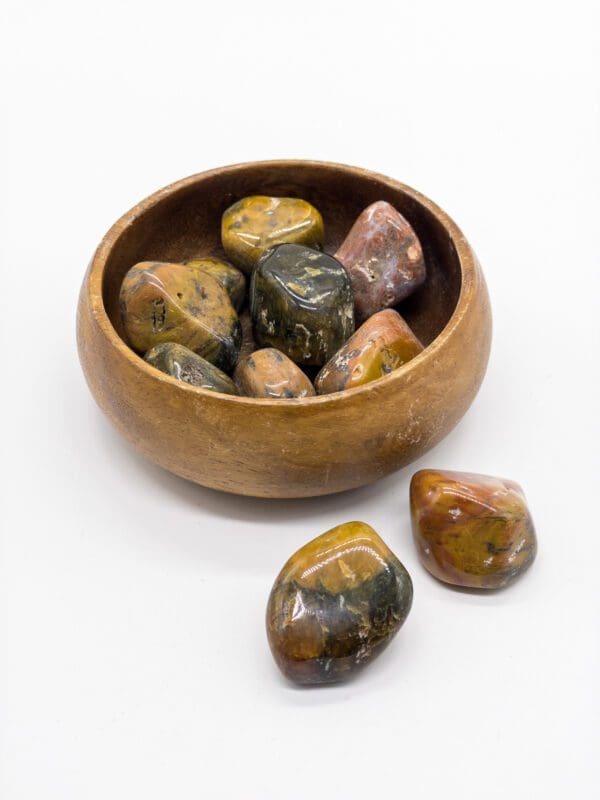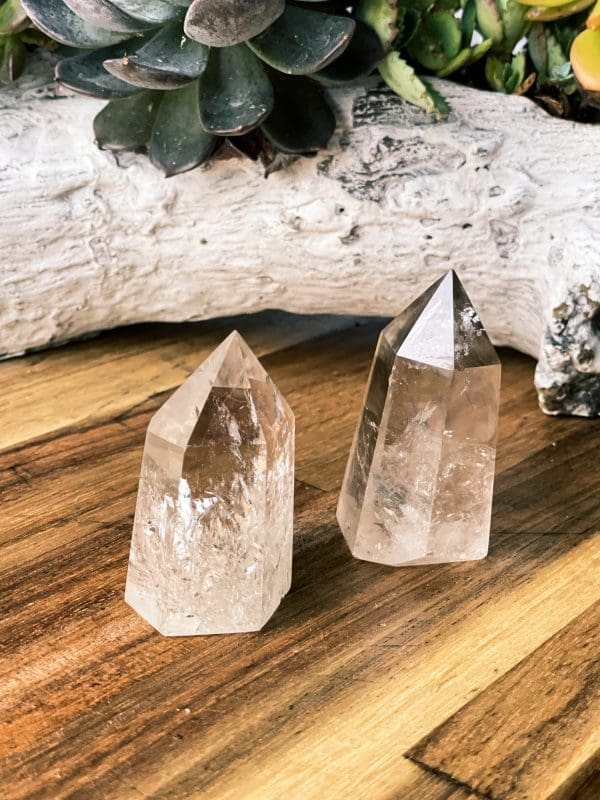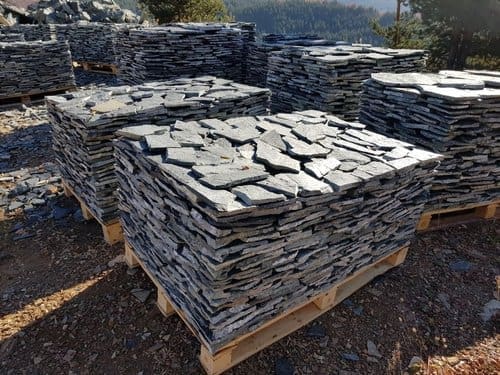Jasper is a type of gemstone that is composed of microcrystalline quartz and is known for its beautiful and varied patterns. These patterns are formed as the jasper is being created, with different minerals and impurities influencing the color and design of the final product.
From a geology perspective, jasper is classified as a sedimentary rock, meaning that it forms from sediment that has been deposited and compacted over time. It is often found in sedimentary basins and is created through the process of silicification, where silica-rich fluids percolate through the sediment and replace the original material with quartz.
One of the most interesting aspects of jasper is the wide range of colors and patterns that it can exhibit. Some jasper stones are solid in color, while others have intricate banding or swirling patterns. The various colors of jasper are due to the presence of different minerals and impurities, such as iron oxide or clay.
In terms of mineralogy, jasper is considered a variety of quartz and is made up of tiny, closely packed quartz crystals. These crystals give jasper its hardness and durability, making it a popular choice for use in jewelry and decorative objects.
Jasper has been prized by humans for thousands of years, with evidence of its use dating back to ancient civilizations. It has been used in a variety of ways, including as a gemstone, a decorative material, and even as a tool. Today, jasper continues to be a popular choice for use in jewelry and decorative items, and it is highly sought after by collectors and enthusiasts.
In conclusion, jasper is a fascinating gemstone that is formed through the process of silicification and is characterized by its beautiful and varied patterns. From a geology perspective, it is a sedimentary rock that is composed of microcrystalline quartz and is known for its durability and versatility. Whether you are a mineralogist or simply someone who appreciates the beauty of natural materials, jasper is a gemstone that is well worth exploring.




